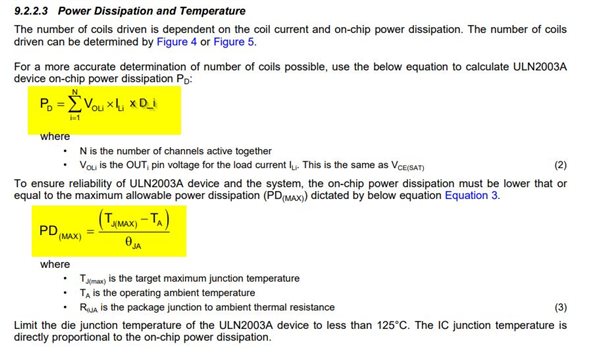I am looking for the pulse current rating for the collector outputs. The data sheet has Figure 4 which shows the Maximum collector current based on outputs conducting and duty cycle %. However, I do not see anywhere that states what the frequency is for the duty cycle. I am trying to find how much current the collectors can take for a 20us to 200us pulse ranges.
-
Ask a related question
What is a related question?A related question is a question created from another question. When the related question is created, it will be automatically linked to the original question.


